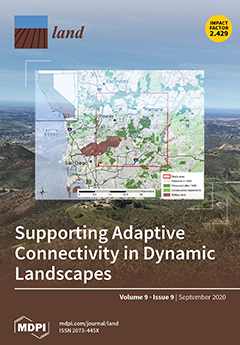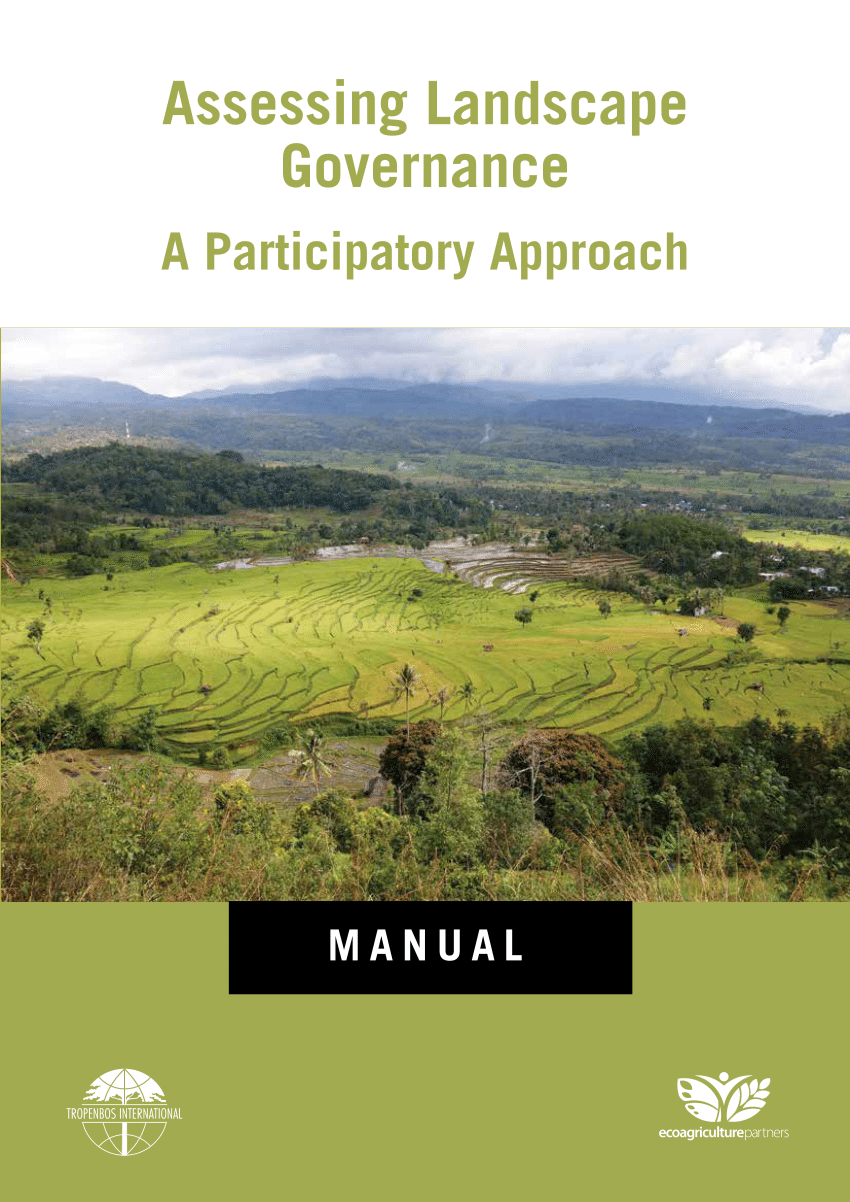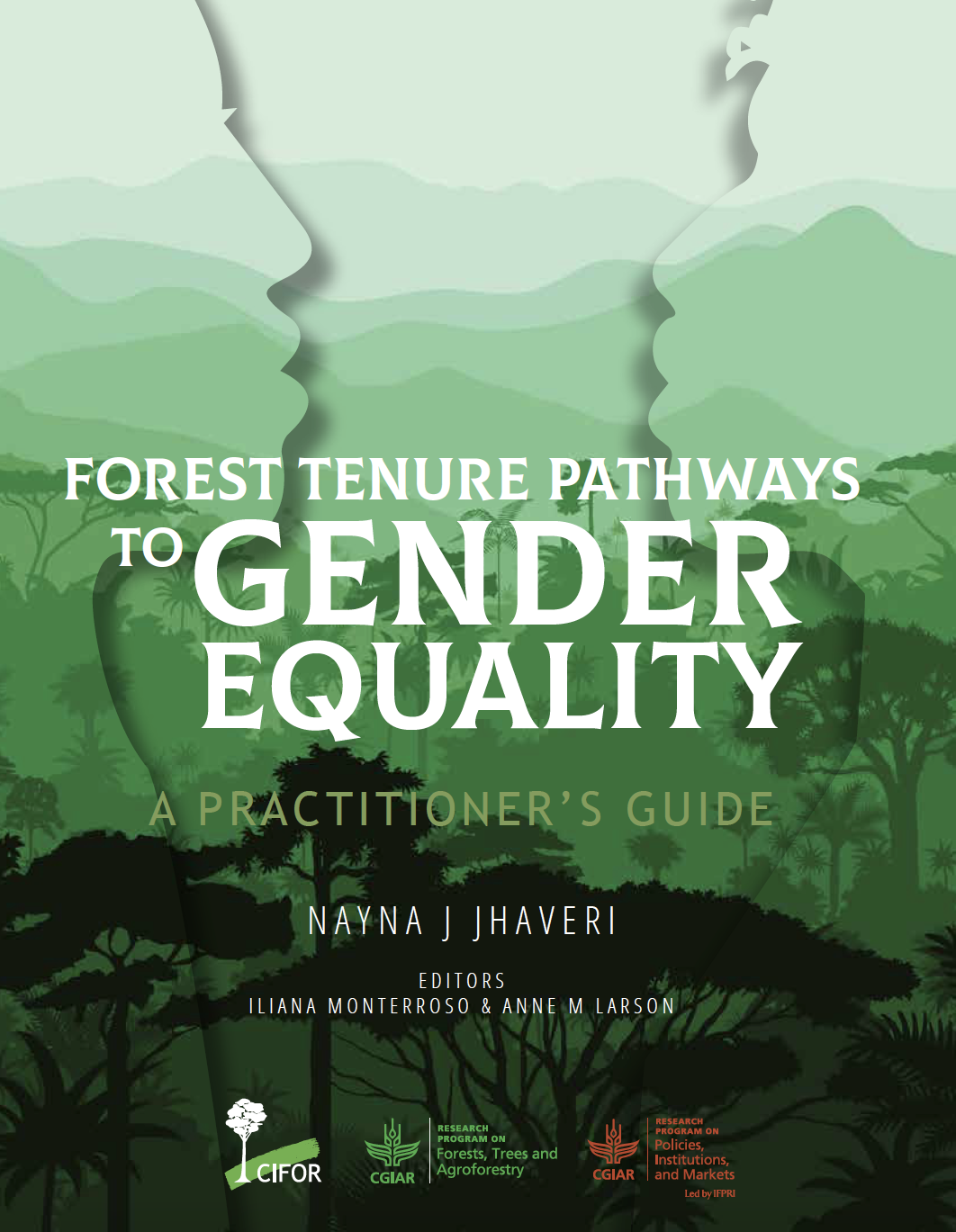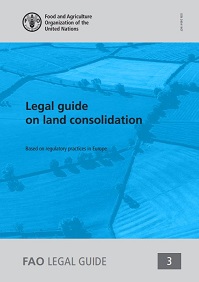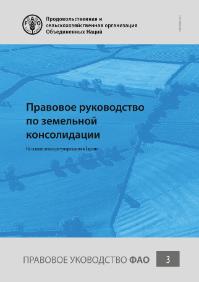Bentonite-Based Organic Amendment Enriches Microbial Activity in Agricultural Soils
Bentonite-based organic amendments may have the potential to enhance soil microbial properties. The experiment was carried out from 2014 to 2017 comprising four treatments: NPK fertilizer (nitrogen, phosphorus and potassium mineral fertilizer as a control), NPK + cattle manure, NPK + bentonite, and NPK + combination of manure with bentonite (MB) to verify this hypothesis.


